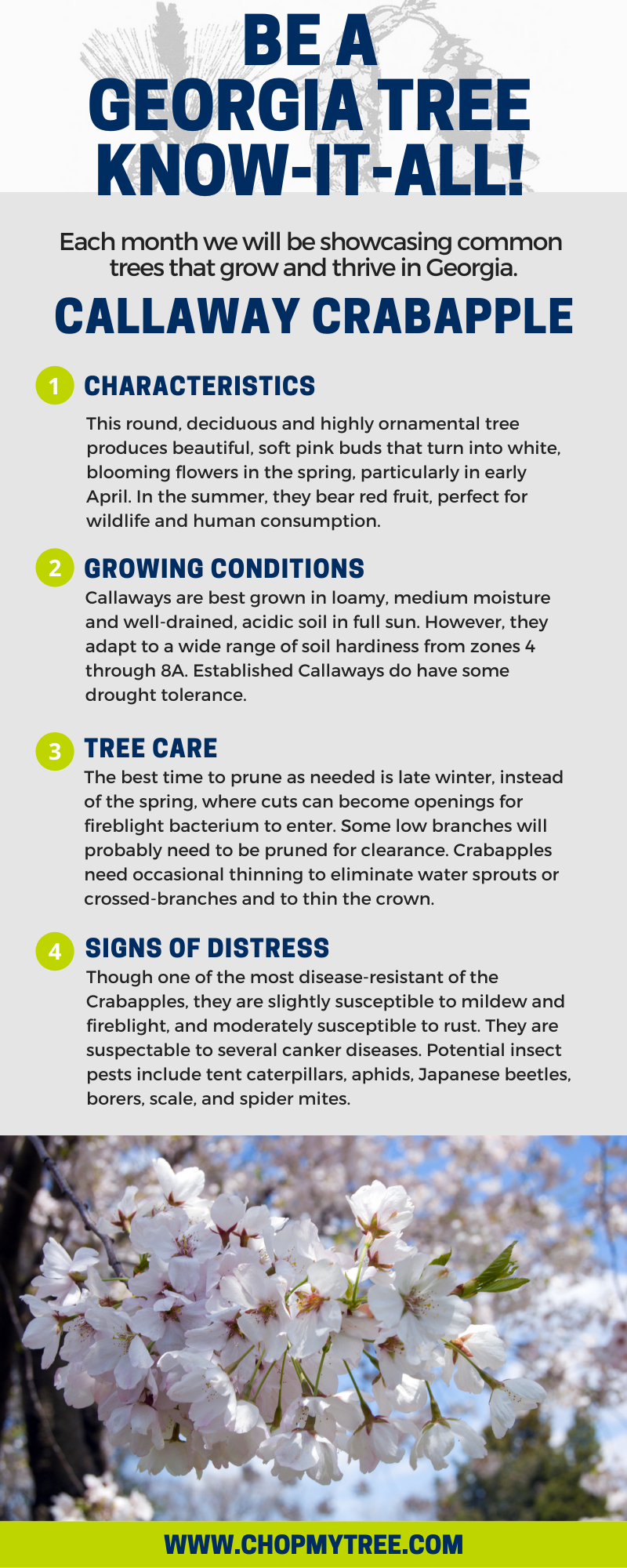Whoever said money doesn’t grow on trees never learned about the value of curb appeal. And trees are very appealing to those gawkers at the curb!
OK, yes, we may obsess a little more than most about the beauty of trees, but several studies back us up.
A study in Portland by the Pacific Northwest Research Station of the U.S. Forest Service (PDF) found that a tree in front of a house added an average $7,130 to the sale price. And houses with trees along their streets sold nearly two days faster.
Trees even helped out the neighbors of the families who planted them! Homes within a 100-foot radius of a tree saw their sale prices go up too. (Trees are the neighborly thing to do.)
In a separate study, economist Kathleen Wolf at the University of Washington concluded that “larger trees in yards and as street trees can add from 3% to 15% to home values.”
The Arbor Day Foundation also lists many additional benefits to planting and caring for trees around your home.
Maturity Matters
As with many things in life, maturity is worth a lot.
Even if you’re not planning to sell your home anytime soon, trees are a smart investment in your home’s value. When well chosen and placed on your property, trees will literally grow in value every year.
You’ll be able to enjoy your trees for as long as you live in your home, then fetch a higher price when you’re ready to sell. (The next family to enjoy your home’s shade, privacy, fruits, and colors will be grateful.)
As the old saying goes, “The best time to plant a tree is twenty years ago. The second best time is now.”
Grow Some Green with These Trees
Some trees do more for your home’s sale value than others.
Dense conifers provide privacy. Deciduous trees offer vibrant autumn colors. Flowering trees explode in bright blossoms. Fruiting trees drip with summer sweetness.
Looks do matter when you’re planting trees to enhance curb appeal. Just as you would with interior design choices, give thought to which trees potential buyers might prefer.
You’re also better off choosing trees that thrive in metro Atlanta, as recommended by Trees Atlanta. They’ll require less care and maintenance, and they’ll grow more robustly too.
Some of the eye-catching trees we like best for enhancing curb appeal in Georgia include…
Eastern Redbud (Cercis canadensis) for its bright red buds in early spring.
Flowering Dogwood (Cornus florida), a classic beauty of the South.
Southern Magnolia (Magnolia grandiflora), and several other species of magnolia too. Their oversized blossoms and lemony scent make a dramatic statement.
Eastern Redcedar (Juniperus virginiana), a gorgeous, drought resistant conifer.
Crape Myrtle (Lagerstroemia spp.), another Southern classic that provides summer nectar for bees. (They’ll thank you by keeping your plants pollinated.)
Scarlet Oak (Quercus coccinea), which gets its name from the vibrant red autumn leaves that often stay on the tree deep into winter.
Baldy Cyprus (Taxodium distichum), an eye-catching cyprus with its feathery textures, it does well in urban environments.
Fruit trees can also add a sweet treat for the eyes and taste buds too! Check out our recent post for suggestions on which fruit trees will be most a-peeling. (We’ll show ourselves out now.)
What trees will grow well and look beautiful around your home? We’d love to help you decide! Reach out to us online or give us a call at 404.252.6448.








